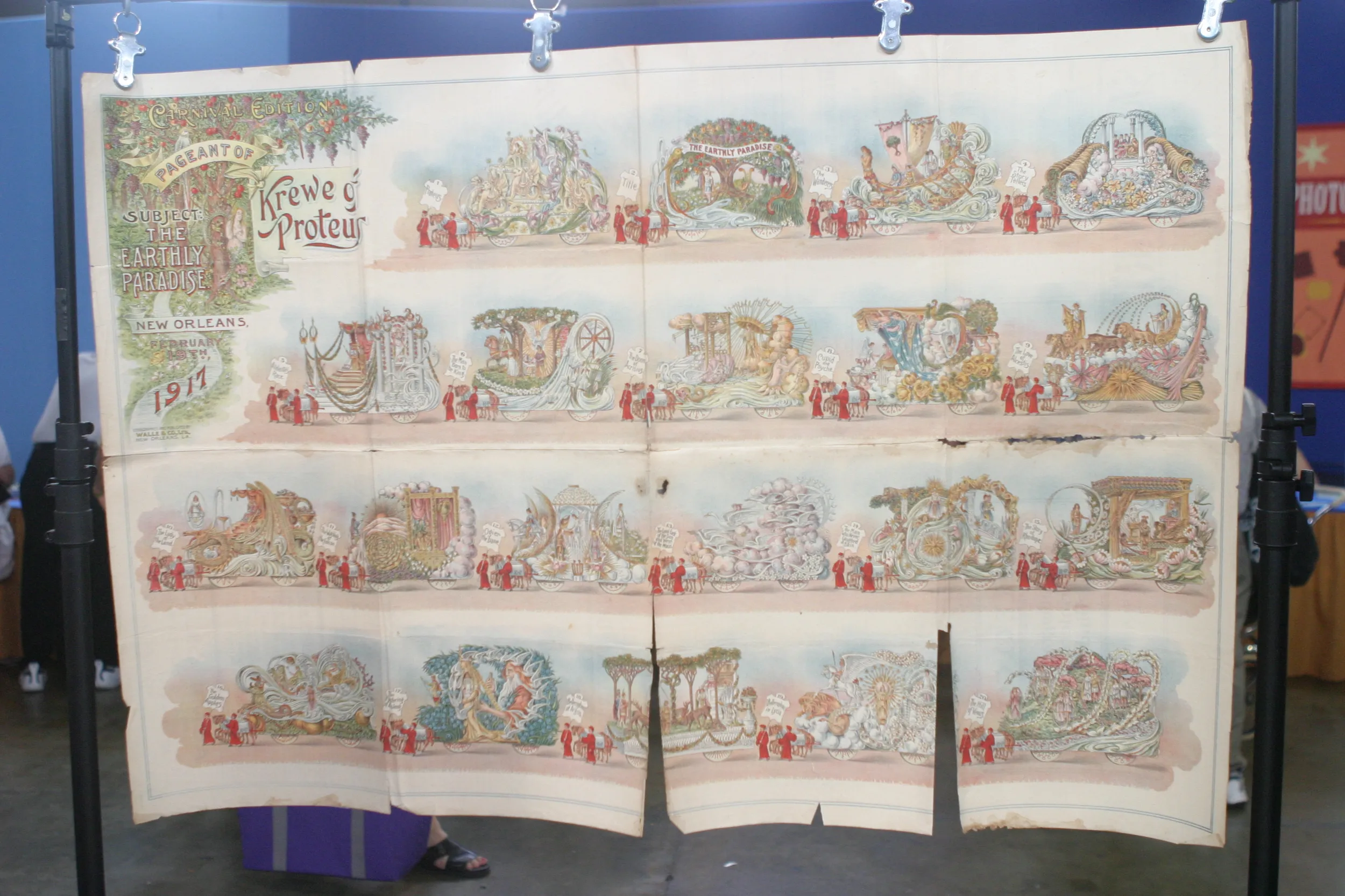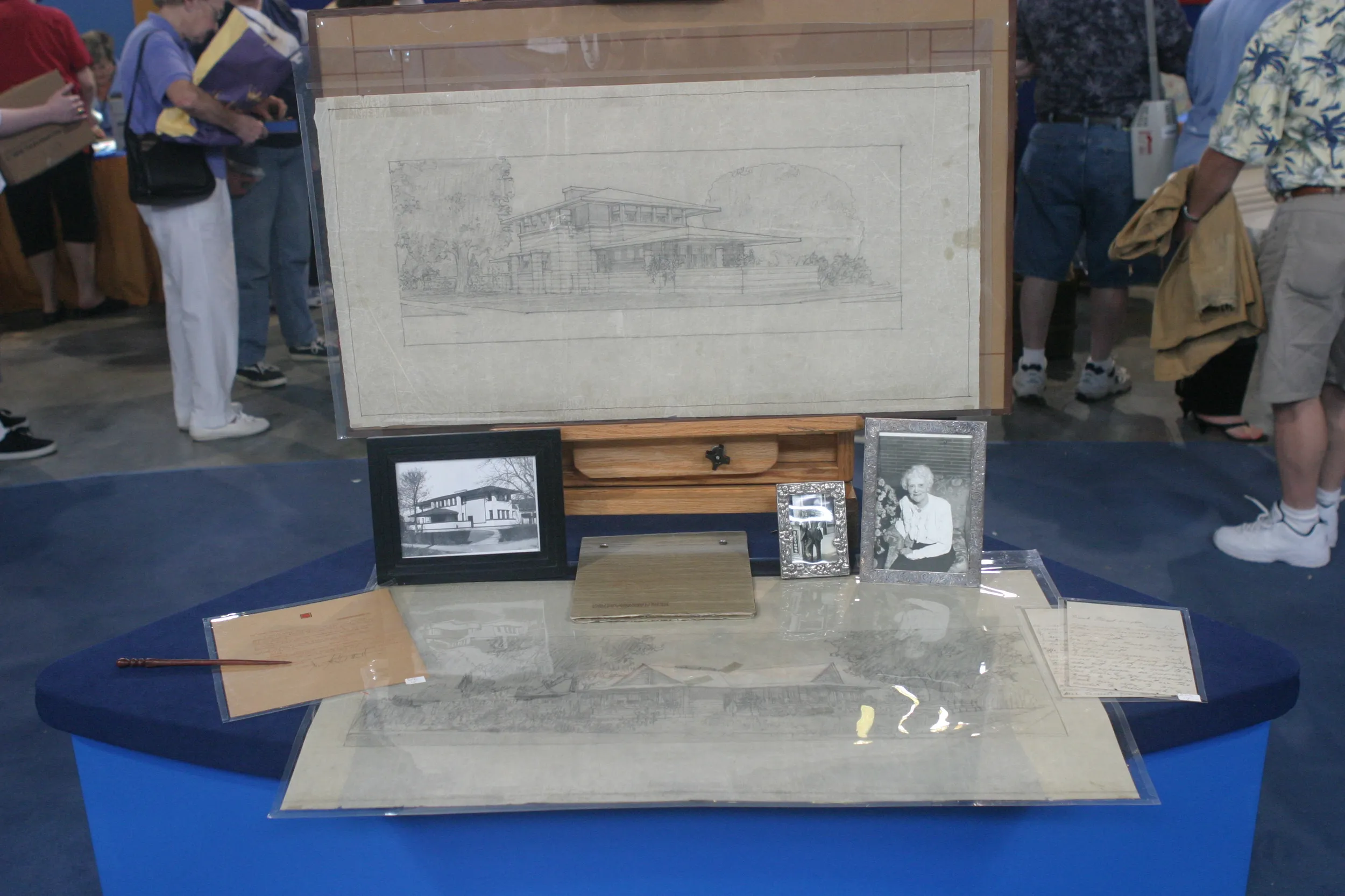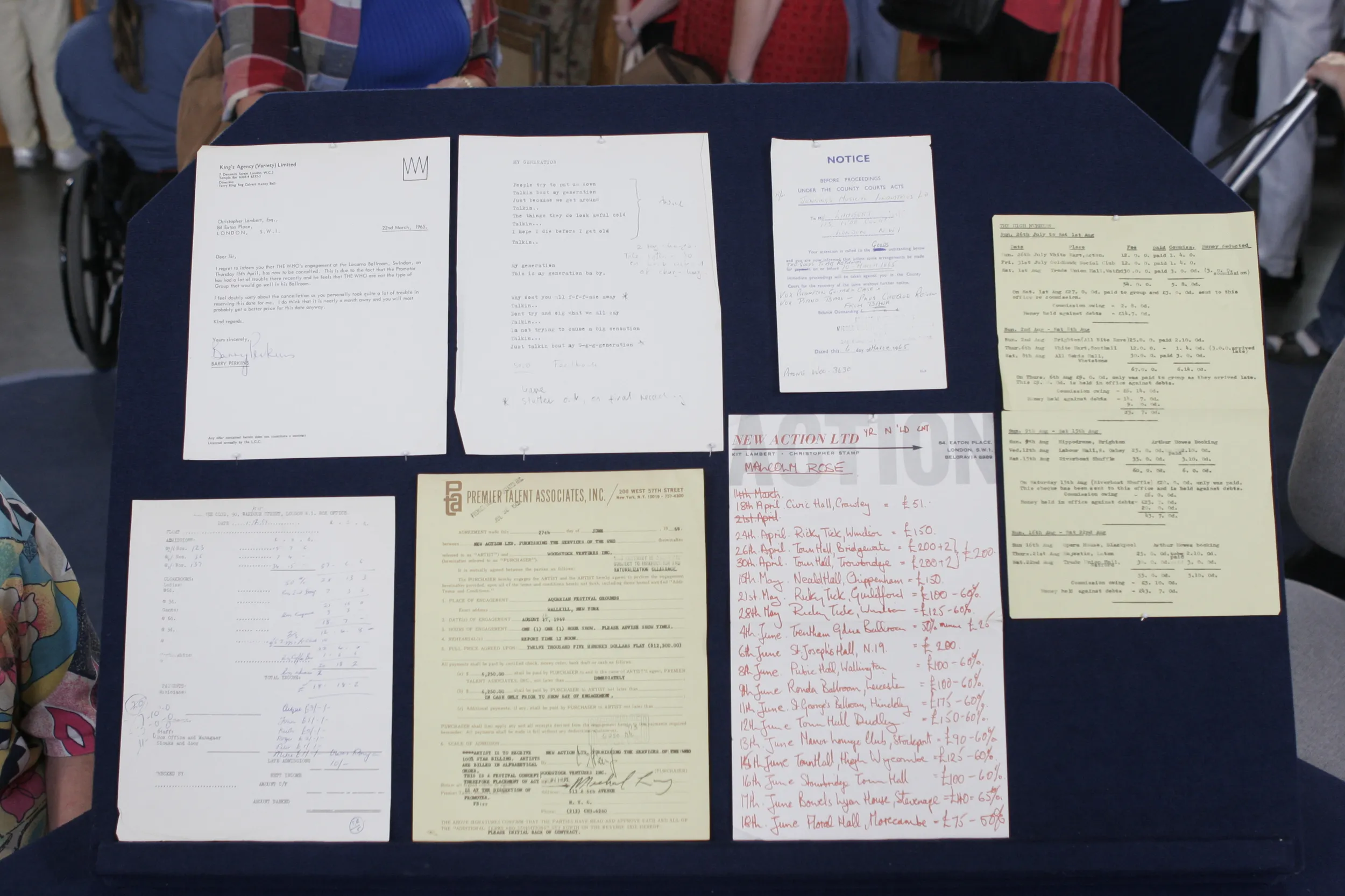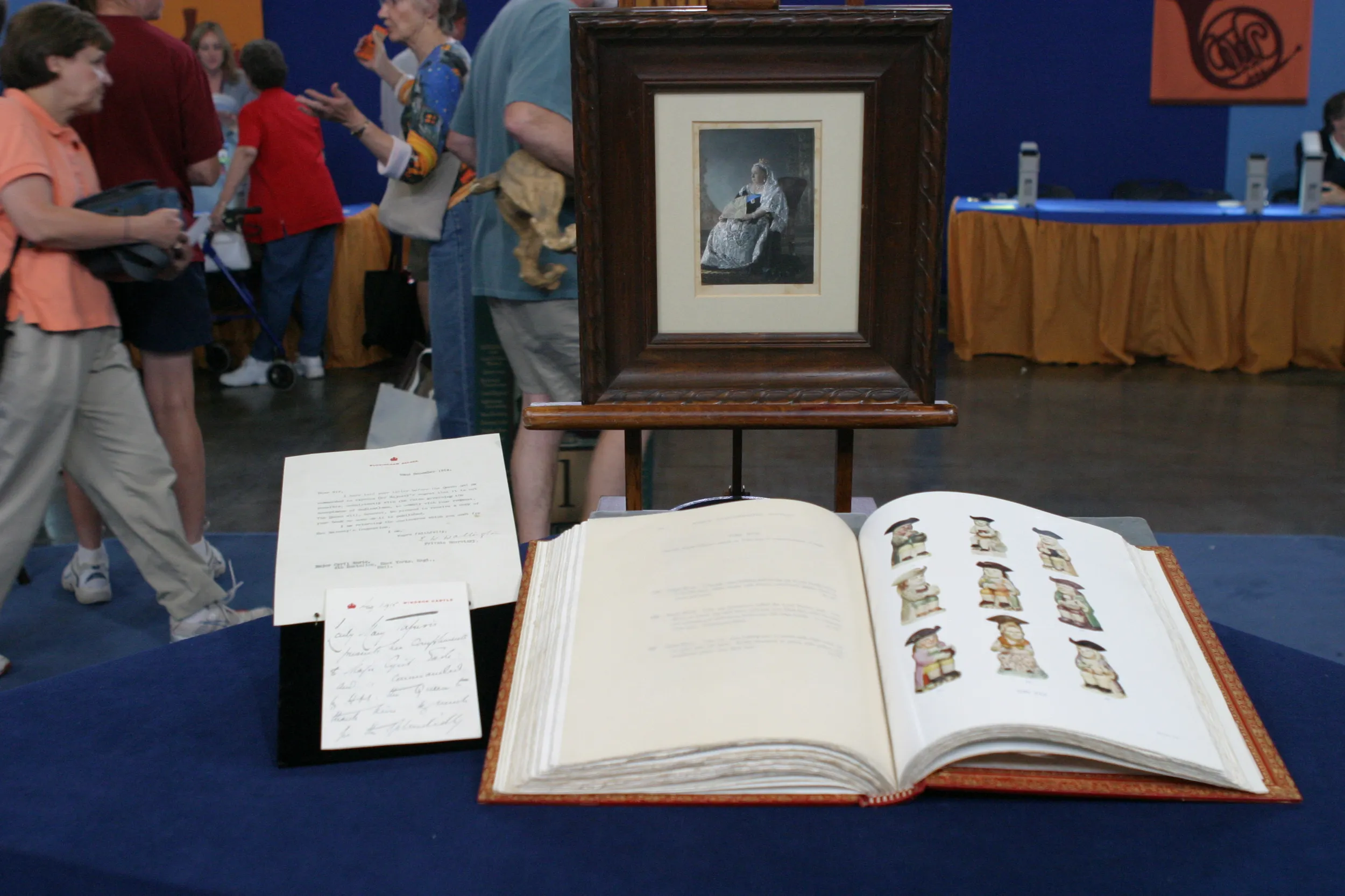GUEST: Well, we were in a resale shop and we bought some records and this is what we pulled out of one of the records. I believe it was a Michael Jackson album. We just started pulling out papers and started reading and finding out that this is from 1969 from the Woodstock era. It's a contract from Woodstock trying to get The Who to come perform at Woodstock.
APPRAISER: Seems like all of this stuff is about The Who.
GUEST: Pretty much.
APPRAISER: Now, let me tell you the story. In 1970, The Who released an album called Live at Leeds. It looks like a bootleg-- it's just a brown jacket. And inside every one of the 150,000 first copies was a set of 14 pieces of paper from The Who's history. Therefore, there are about 150,000 of each of these out there, including receipts for band equipment, notes about the band and the contract from Woodstock. It's so logical that they could be real, because who would print up a court document or a receipt for equipment that they owed? And they printed it in the blue and black just to make sure that it looked real.
GUEST: Right.
APPRAISER: And The Who was actually called "The High Numbers." That was their name before they became The Who. So this is the earliest piece of the items, but it's still a copy. Now, the reason I wanted to talk about this was because at every ANTIQUES ROADSHOW-- just about every one-- someone brings these in thinking they're real. Now, you believed they were real because you found them randomly.
GUEST: Right.
APPRAISER: Now, oftentimes you can find random pieces of ephemera, or paper, in and amongst records and other things that are real. But in the case of these, unfortunately they're not. The value of a complete set of these with the record is only around $30.
GUEST: Okay.
APPRAISER: And it's very important for people to realize that just because it looks real, doesn't necessarily mean it is, and it's good to do the research.
GUEST: Right.
APPRAISER: If they were authentic, this Who contract would sell for $5,000 to $8,000 by itself. Each of these pieces of paper, if they were authentic, would sell for $1,000 to $2,000 each. But the lyrics to "My Generation" could sell for $5,000 to $10,000.
GUEST: And otherwise it's worth $30, huh?
APPRAISER: Otherwise it's worth $30.
GUEST: Well, at least now everybody knows that I got a copy of that... they know it's not real.
APPRAISER: That's right. Thanks for sharing with us.
GUEST: Thank you for letting me know what I really have.











